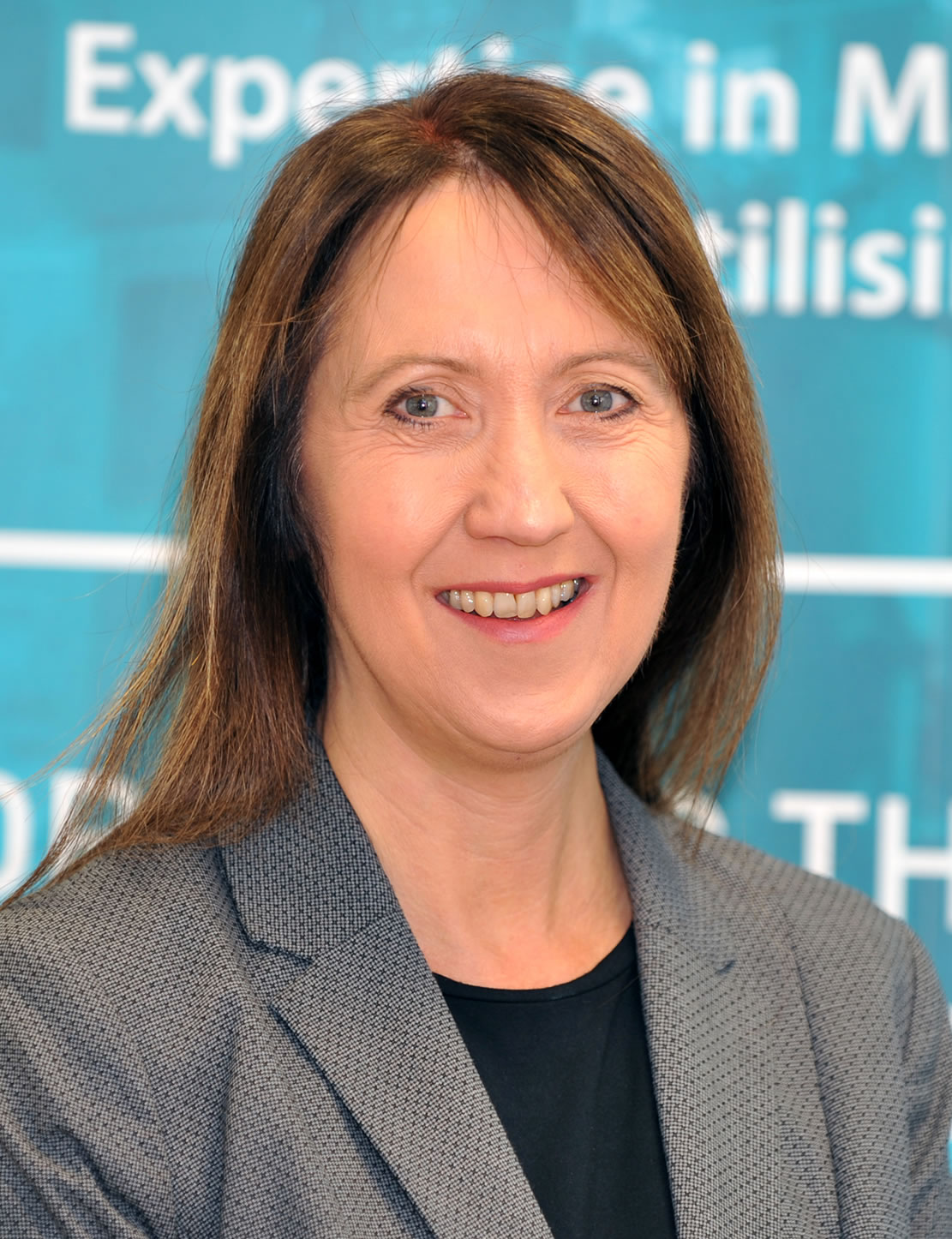{{serverconnectlatestnews.data.showlatestnews.data[0].news_title}}
{{serverconnectlatestnews.data.showlatestnews.data[0].news_date.formatDate("d MMM yyyy")}}
{{serverconnectlatestnews.data.showlatestnews.data[0].news_teaser}}

In this course of 3 modules we will look at how material properties are measured, assessed and can be influenced by processing.
The course will concentrate on how key mechanical properties are measured in practice; the key features of microstructures formed during processing and how these microstructures are observed using optical microscopy and scanning electron microscopy and how microstructure and therefore mechanical properties are changed by heat treatment processes. The course will refer to terminology and principles covered in the course Building Blocks for Metallurgical Success, so it is recommended that that course is completed ahead of undertaking this course.
On demand and instant access to the full course consisting of three modules.
To maximise learning it is recommended that each module is completed in sequence.
Full Course
(save $40)
$185.00
Module 1
Mechanical Properties and Mechanical Testing
$75.00
Module 2
Microexamination and Microstructures
$75.00
Module 3
Heat Treatment
$75.00
The course consists of three modules which should be taken in sequence in order to complete the full course.
This module will recap on what is meant by strength and toughness and look at the standard test methods and equipment by which they are determined. The methods by which hardness, creep and fatigue are measured are also discussed. The module will also cover how strength, toughness and creep are influenced by grain size.
This module will recap on how microstructures in steel are formed, which was covered on the atomic scale in the first course Building Blocks for Metallurgical Success, and look at the key microstructural features by which the metallographer can distinguish between differing microstructures and how in practice microstructures are assessed using optical microscopy and scanning electron microscopy.
This module will consider how the properties and microstructure discussed in modules 1 & 2 are achieved in practice. The module will discuss the heating and cooling parameters that are used to achieve a desired property outcome.
Individuals who wish to work in the metal industry both manufacturing and down-stream processing. Current practitioners in the metals industry, such as scientists, researchers, technologists, technology managers and Operations and Operational management.
3 x 40 minute modules

Catherine Fennell BMet CEng FIMMM
Principal Researcher
Catherine has 34 years experience in the iron & steel industry covering process development, product development, product characterisation, investigation of defects in rolled products, accreditation of mechanical and chemical testing services and quality assurance of processes and people.
Catherine has throughout her career looked to develop people through accredited apprentice schemes, coaching of managers and delivery of metallurgical training.
Catherine is a Fellow of the Materials, Minerals and Mining Institute and aside from her work at the Materials Processing Institute currently scrutinises and peer reviews applications for membership of the Institute of Material, Minerals and Mining.
Enrol for the full course, or go through the modules separately (to maximise learning it is recommended that each module is completed in sequence).
Full Course
(save $40)
$185.00
Module 1
Mechanical Properties and Mechanical Testing
$75.00
Module 2
Microexamination and Microstructures
$75.00
Module 3
Heat Treatment
$75.00